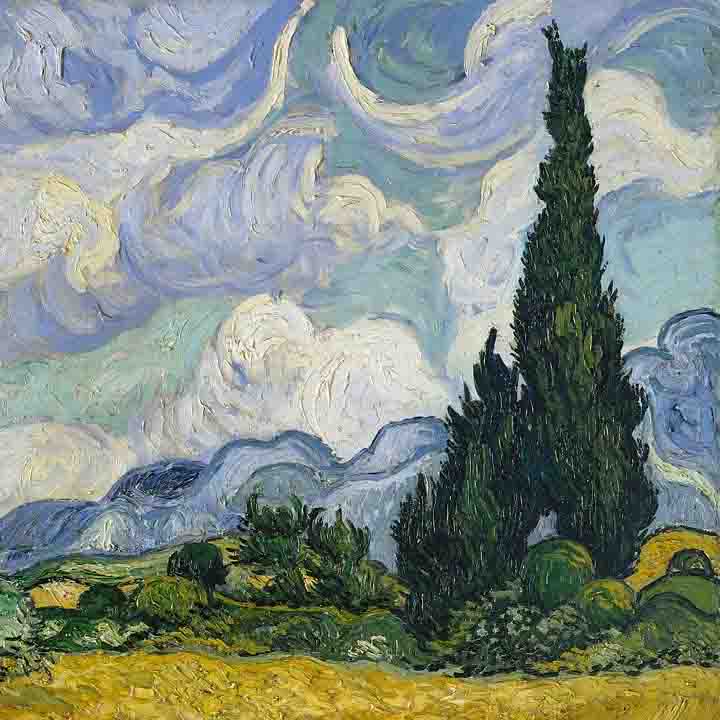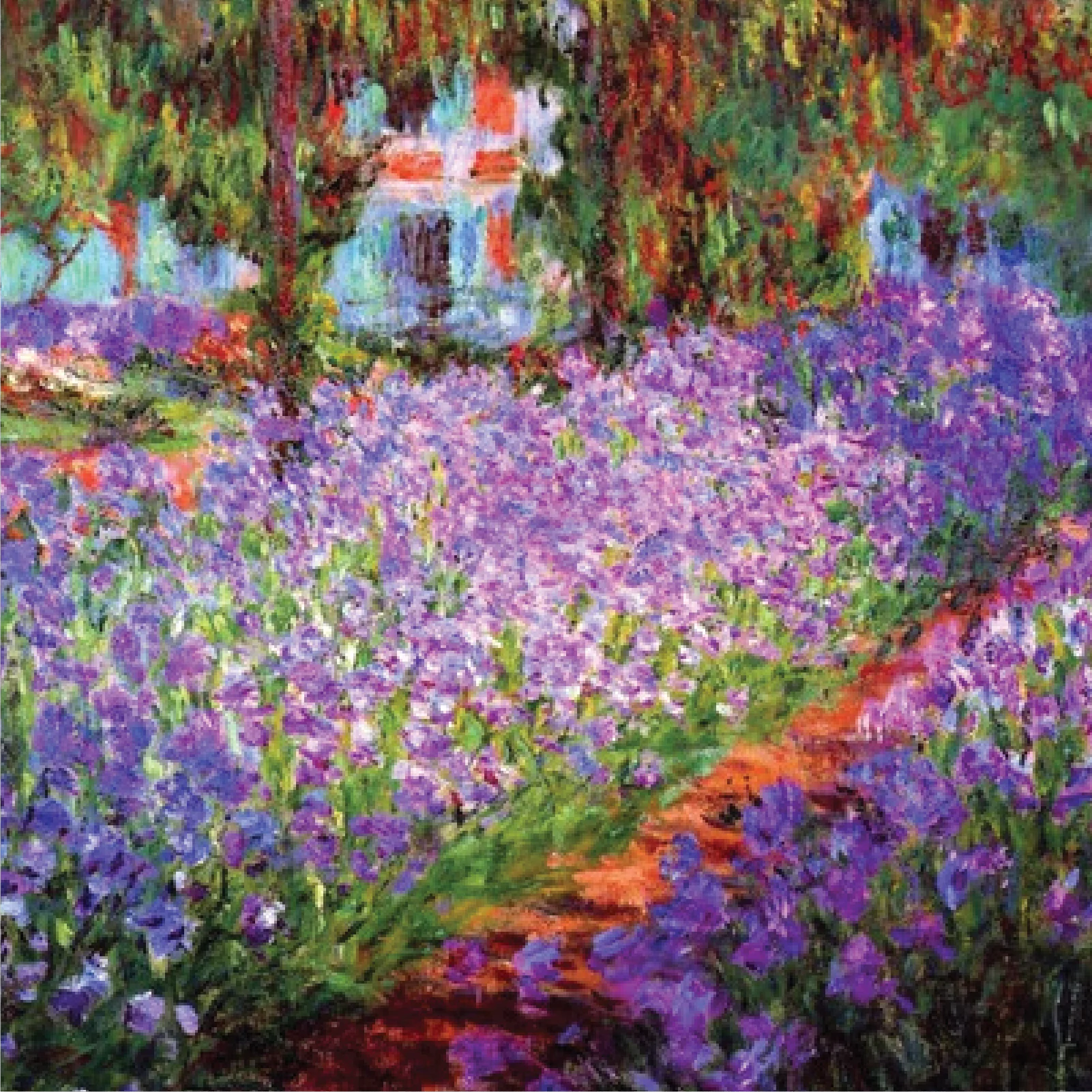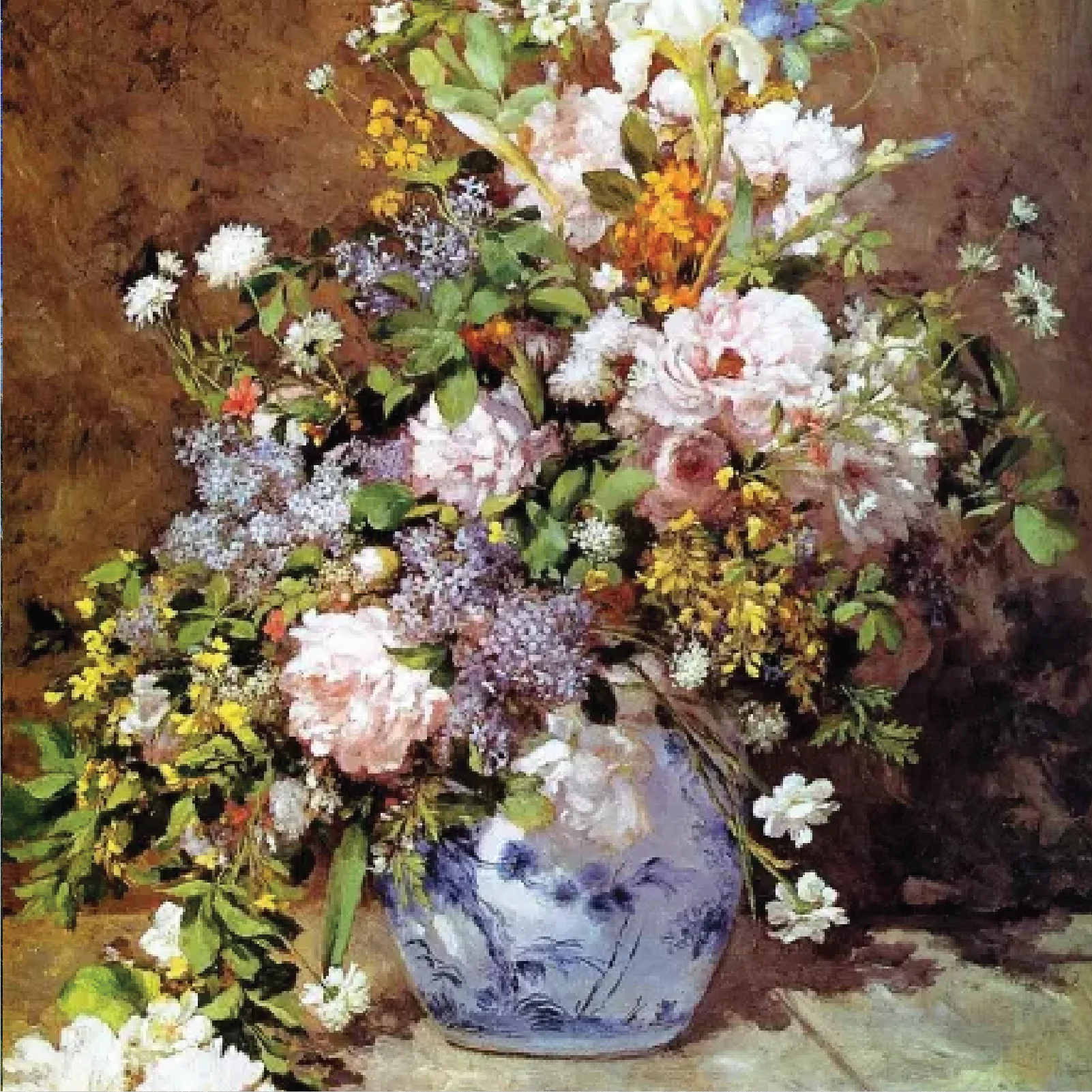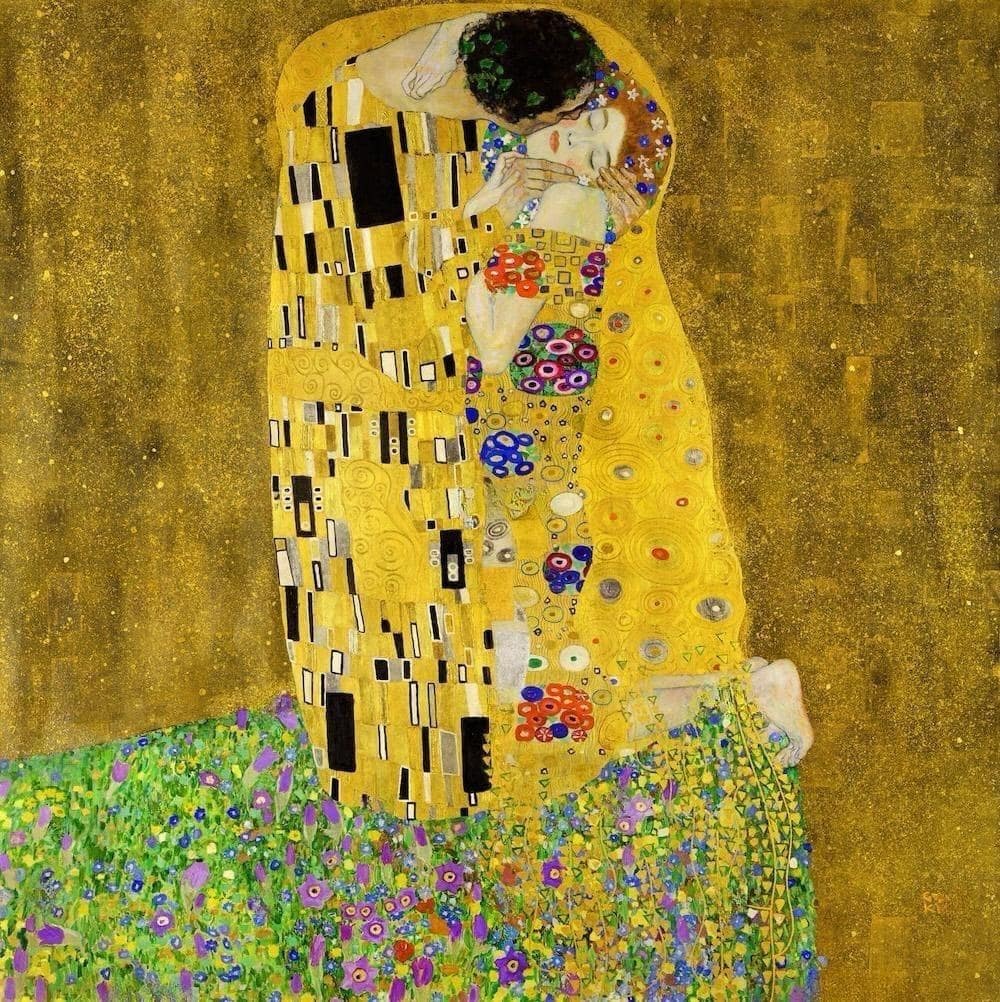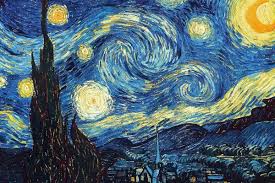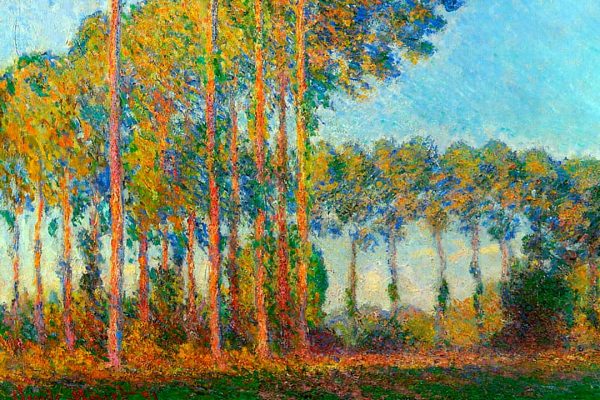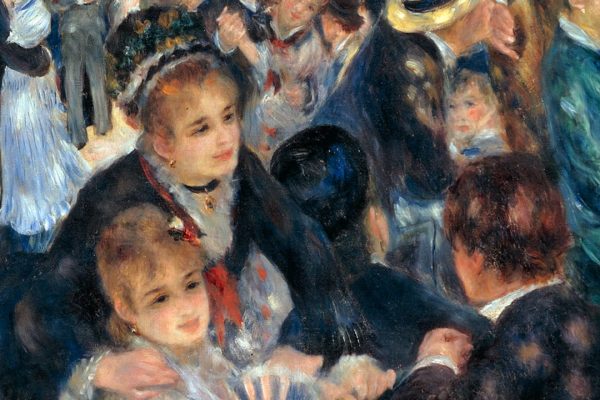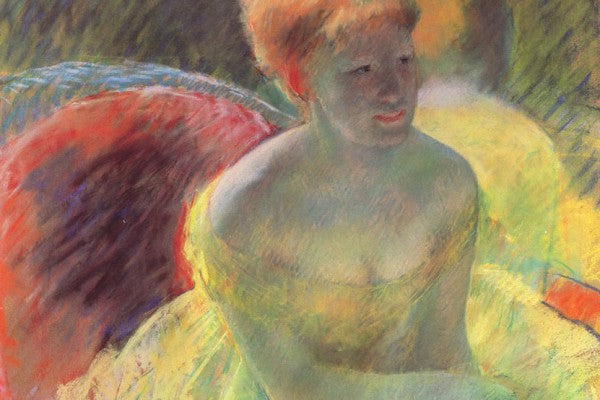Have you ever admired your beautiful oil painting? Then, did you see dust or grime dulling its colors? It's frustrating to see your cherished artwork lose its sparkle. Over time, dirt and dust can accumulate on the surface of the painting, making it look old and neglected.
This buildup not only affects the appearance of your canvas but can also damage the paint itself. The good news is, you can restore your oil paintings. With the right care and techniques, you can clean them.
This guide will show you simple steps. They will safely clean and preserve your masterpiece. This will keep it a stunning focal point in your home for years.
Why It's Important to Clean Oil Paintings
Oil paintings are beautiful pieces of art, but over time, they can get dirty. Dust, dirt, and even smoke from the air can settle on the surface. This makes the colors look dull and can even hide the fine details. When a painting gets too dirty, it loses its beauty and charm. You can buy Calde Monet Painting.
Cleaning your oil paintings helps keep them looking bright and fresh. It also protects the paint and canvas from damage. Dust and dirt can scratch the surface and cause the paint to crack or peel. By cleaning your painting regularly, you help preserve it for a long time.
Artists spend a lot of time and effort creating their work. Keeping it clean shows respect for their art and hard work. Plus, a clean painting looks much better on your wall and can make your room look more lively and colorful.
Guide to Preparing Your Canvas for Cleaning
Before you clean your oil painting, prepare everything properly. Here are some simple steps to get ready:
You will need a few things to clean painting:
- A soft brush
- Cotton cloths
- Distilled water
- Mild soap (like dish soap)
- A small bowl
- Set Up Your Workspace
Choose a clean, flat surface to work on. Make sure there is good light so you can see what you are doing. Lay the painting flat on the surface. You might want to put a towel under it to protect the frame and the canvas.
1. Dust the surface.
Before using any liquids, remove any loose dirt. Use a soft brush to lightly go over the surface. Be gentle to avoid scratching the paint.
2. Test a Small Area
Before cleaning the whole painting, it's a good idea to test a small area first. Dampen a cotton swab with water and bar a tiny corner of the painting. This helps you see if the paint reacts well to the water and soap.
3. Prepare the cleaning solution.
Mix a small amount of mild soap with water in the bowl. The solution should be very light, just enough to create a few bubbles. Dampen a cotton cloth with this solution, making sure it’s only slightly wet, not soaking.
7 Steps to Clean an Oil Painting
Cleaning an oil painting can be simple if you follow these steps carefully. Here’s how you can do it:
1. Dust the Painting
Start by dusting the surface of the canvas with a soft brush. This removes any loose dirt and debris.
2. Dampen a Cloth
Take towel and dampen it with water. Make sure it is only slightly wet, not soaking. You can test it on your hand to ensure it’s just dry.
3. Clean the Surface
Using the dry cloth, gently bar the canvas. Do not rub. Blotting helps remove grime without harming the paint. Work in small sections, so you don’t miss any spots.
4. Use a Mild Soap Solution
If your canvas is very dirty, you might need to use a mild mixture. Mix a few drops of water in a bowl. Dampen a new towel cloth with this mixture and gently bar the painting. Always test a small area first.
5. Dry the Painting
After cleaning, take a dry towel and gently bar to remove any excess water. Let it air dry completely before touching it or hanging it back up.
6. Inspect the Painting
Once the painting is dry, inspect it to see if there are any spots you missed or any areas that need more cleaning. If necessary, repeat the blotting process with a dry towel.
7. Clean the Frame
Remember the frame! Use a soft brush and wipe it clean with a slightly damp towel. Be careful not to touch the paint while cleaning the frame.
Special Considerations for Old Oil Paintings
Oil paintings are more delicate and need extra care and there are different reproduction companies who sell these paintings. Here are some important things to keep in mind:
- Older paintings can be fragile. Always handle them gently to avoid causing any harm. Touch the canvas and frame as little as possible.
- Test a small hidden area with a damp cloth. Older canvas might be more sensitive, so this step is very important.
- When maintaining oil paintings, always use very soft brushes and cotton cloths. Hard or rough materials can scratch or harm the surface.
- Never use strong chemicals or harsh cleaners on oil paintings. Stick to water for when planning to clean.
- If your old canvas is very dirty or has a lot of harm it might be best to consult a professional art restorer. They have special tools and knowledge to repair paintings without causing harm.
- To keep your oil paintings in good shape. This helps prevent dirt from building up and keeps the painting looking its best.
- Conclusion
Maintaining an oil painting might seem hard. But, with the right steps, you can do it safely and well. By taking care of your paintings, you keep them looking beautiful and vibrant for many years. Remember to use gentle tools, avoid harsh cleaners, and handle your artwork with care.
If you love oil painting reproductions and want quality pieces at a good price, then Art&See is the place to go. They offer stunning oil painting reproductions. They can add beauty and elegance to youIf you see mold on your painting, consult a pro. It will help avoid damaging the artwork.r home.
FAQs
How often should I clean my oil paintings?
It's best to dust your oil paintings every few months and deep clean them once a year.
Can I use regular tap water to clean my painting?
Use distilled water. It has no harmful minerals that could harm the paint.
What should I do if my painting has mold?
If you notice mold on your painting, it's imortant to consult a professional art restorer to avoid damaging the artwork.





